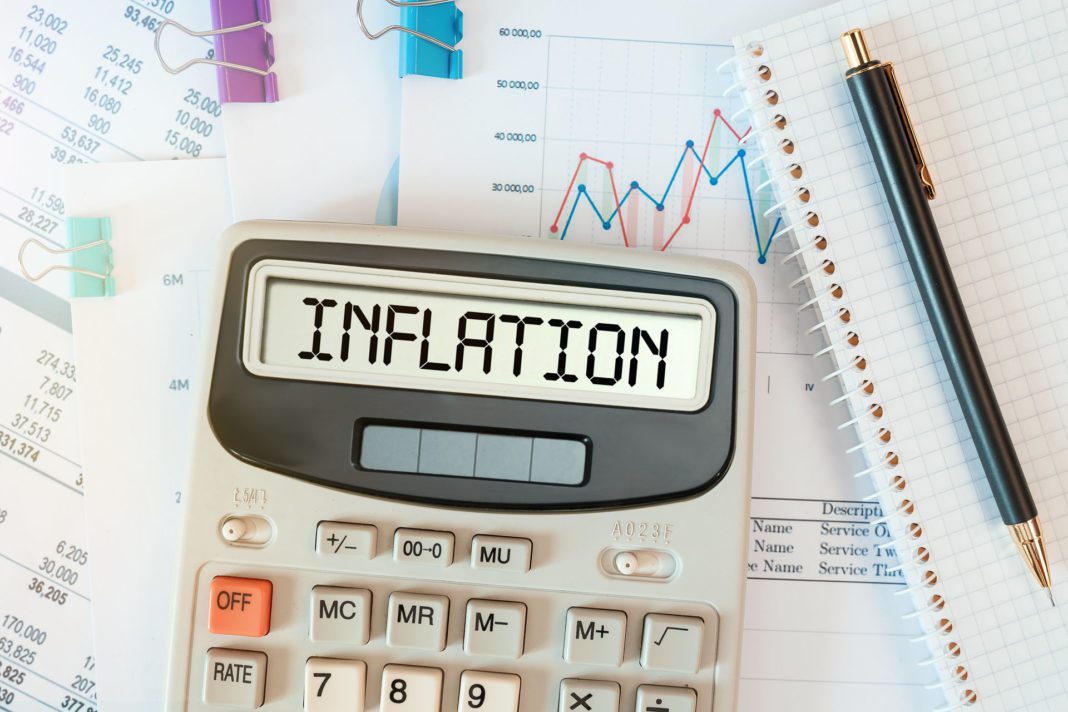What happens when inflation hits an all-time high in the last 40 years, the S&P 500 (a stock market index tracking the stock performance of 500 large companies) enters a bear market, and the Federal Reserve hikes interest rates three-quarters of a percentage point? Experts believe that these factors may mean the U.S. is headed toward an economic recession.
Although talk of a recession may seem like another sign of the end times – especially for those who lived through the Great Recession of 2007 – it doesn’t mean that we’re on the precipice of multibillion dollar government bailouts, sky-high unemployment rates and widespread foreclosures.
“There are a lot of positive things going on in the economy, despite what we hear on the news,” says David Karimian, private wealth advisor and certified financial planner at Private Wealth Management Ameriprise. “Recessions and expansions in the economy are bound to happen, and they don’t last forever.”
What Is a Recession?
Recessions are a natural part of the ebb and flow of economic activity. Throughout time, the U.S. economy has gone through periods of expansion followed by contractions, or recessions. Generally, economists define a recession as a contraction in the nation’s national gross domestic product that lasts for at least two quarters.
Although this definition is widely accepted, there are exceptions to this rule. For instance, the U.S. went through its shortest-recorded recession beginning in February 2020, which lasted for just 2 months before entering another period of economic growth.
The National Bureau of Economic Activity (NBER), the nonpartisan organization responsible for collecting economic data in the country, identifies a recession more loosely – as the period between a peak of economic activity and its subsequent trough, or lowest point.
Recessions often affect certain industries more than others, and it can be hard to predict which sectors will take the hardest hit. However, the NBER notes that the majority of recessions don’t last long.
“Most recessions are quick,” agrees Gregory Burge, Ph.D., professor of economics and chair of the economic department at the University of Oklahoma. “For the past 100 years, the vast majority of recessions in the United States have lasted less than a year.”
The State of the Economy
What we know for certain is that the U.S. is in a unique, unprecedented economic position. Consumer durables – such as home appliances, furniture and vehicles – have seen a significant uptick in sales. Houses are selling like hotcakes, oftentimes above asking price. And retail has seen year-over-year growth since 2010.
Burge attributes this boom in demand to the federal government’s aggressive expansionary fiscal policy from 2020, which included the paycheck protection program for businesses and direct stimulus payments to households and individuals that totaled $830 billion in financial relief.
Because of this injection of cash flow into the economy, consumers have had more spending power than previous years, which has resulted in ongoing supply chain issues and subsequent soaring inflation rates that are close to 9%.
In June 2022, the Federal Reserve decided to hike interest rates in an effort to slow spending and weaken demand.
“The Federal Reserve will continue to raise interest rates until it sees inflation start to decrease,” says Karimian. “Many people predict that it will raise interest rates well into 2023, with anywhere between eight to 13 incremental increases.”
The Impact of a Recession
Potential home buyers and homeowners with adjustable-rate mortgages are likely to feel the effects of interest rate increases first. As borrowing money becomes less attractive, businesses and families may delay big purchases and find ways to tighten spending by cutting out non-essentials.
For this reason, recessions have taken a significant toll on the entertainment and leisure industries in the past. Historically, the labor market has become more competitive during periods of economic contraction as well, but economists have yet to see a change in demand for workers.
“Right now, the data shows that there are more available jobs than there are workers to fill them,” says Burge. “One of the telltale signs that we’re entering a recession is layoffs or a lack of new hires. Some economists believe that we’re about to experience a unique type of recession, in which we still have robust hiring and labor markets.”
This idea may be especially true for Oklahoma, with much of its economy rooted in energy. Because energy is essential, workers and businesses in this field may be more insulated from economic downturn compared to other regions.
“For the past 100 years, the vast majority of recessions
in the United States have lasted less than a year.”
Preparing for Economic Hardship
In times of economic difficulty, the federal and state governments often work together to provide aid to families and individuals by increasing unemployment benefits and distributing stimulus payments to those in need. Whether the federal or state government will provide direct aid to businesses or households in the next year is still unclear.
In the meantime, Oklahomans can prepare for a recession by cutting back on unnecessary expenditures and making a financial plan. Recessions are also rife with opportunity, providing lower entry points for people to invest in the stock market.
“If you haven’t engaged with a certified financial planner, now is a better time than any,” says Karimian. “A well-thought financial plan will cover all of your necessary expenses, ensure you have ample cash reserves and put you in a position to take advantage of investment opportunities.”
Although a recession may make the future feel more uncertain, periods of economic contraction are temporary and followed by growth.
“I believe Oklahoma is in a good position to deal with a recession in terms of our economy and local businesses,” says Karimian. “Recession or not, the economy will always come out ahead.”


























